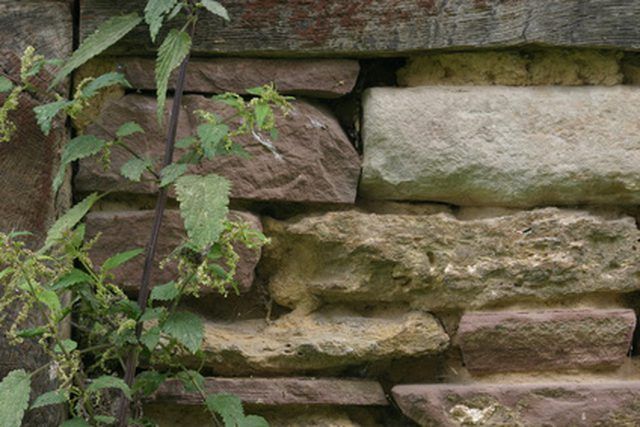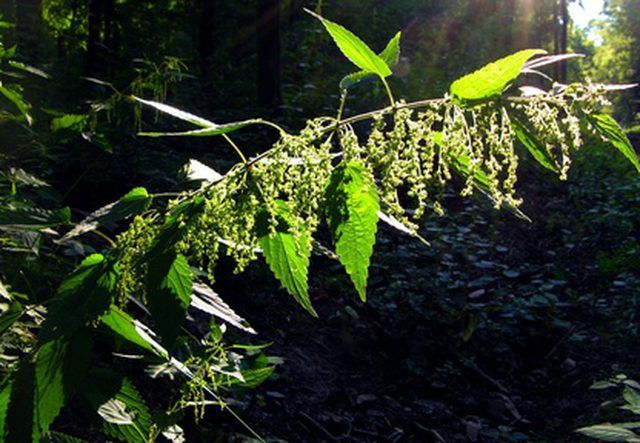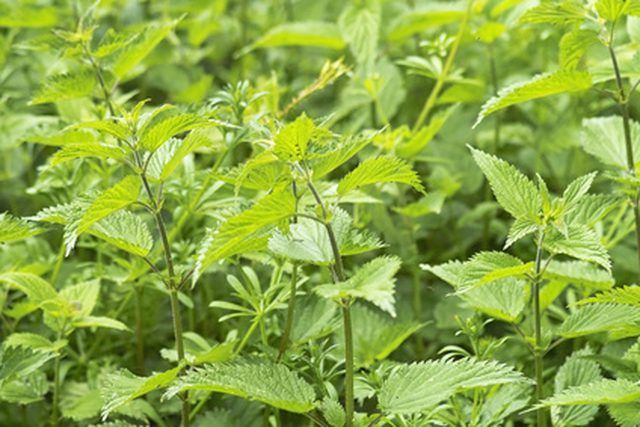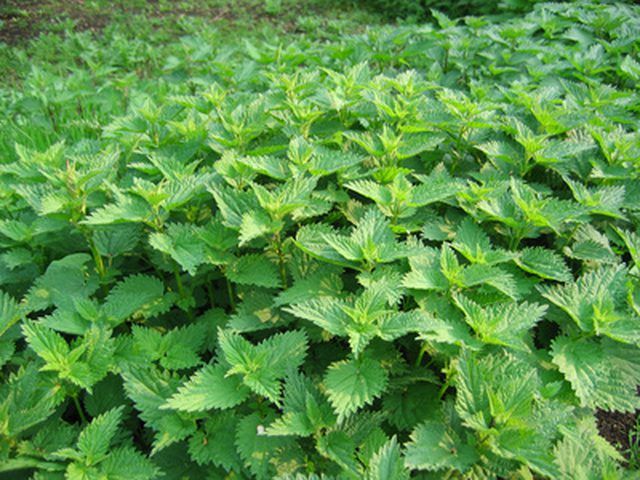Bulbs
Flower Basics
Flower Beds & Specialty Gardens
Flower Garden
Garden Furniture
Garden Gnomes
Garden Seeds
Garden Sheds
Garden Statues
Garden Tools & Supplies
Gardening Basics
Green & Organic
Groundcovers & Vines
Growing Annuals
Growing Basil
Growing Beans
Growing Berries
Growing Blueberries
Growing Cactus
Growing Corn
Growing Cotton
Growing Edibles
Growing Flowers
Growing Garlic
Growing Grapes
Growing Grass
Growing Herbs
Growing Jasmine
Growing Mint
Growing Mushrooms
Orchids
Growing Peanuts
Growing Perennials
Growing Plants
Growing Rosemary
Growing Roses
Growing Strawberries
Growing Sunflowers
Growing Thyme
Growing Tomatoes
Growing Tulips
Growing Vegetables
Herb Basics
Herb Garden
Indoor Growing
Landscaping Basics
Landscaping Patios
Landscaping Plants
Landscaping Shrubs
Landscaping Trees
Landscaping Walks & Pathways
Lawn Basics
Lawn Maintenance
Lawn Mowers
Lawn Ornaments
Lawn Planting
Lawn Tools
Outdoor Growing
Overall Landscape Planning
Pests, Weeds & Problems
Plant Basics
Rock Garden
Rose Garden
Shrubs
Soil
Specialty Gardens
Trees
Vegetable Garden
Yard Maintenance
How to Remove Stinging Nettles
How to Remove Stinging Nettles. Stinging nettle (Urtica dioica) grows throughout the United States and is known for causing a stinging sensation when touched. Stinging nettle can be found in pastures, orchards, yards and gardens. It reproduces both from seed and from rhizomes, which are underground stems. Rhizomes can grow five feet or more during...

Stinging nettle (Urtica dioica) grows throughout the United States and is known for causing a stinging sensation when touched. Stinging nettle can be found in pastures, orchards, yards and gardens. It reproduces both from seed and from rhizomes, which are underground stems. Rhizomes can grow five feet or more during a growing season and new plants can form at each joint of the rhizome. Many methods are available for controlling stinging nettle. Since stinging nettle is difficult to remove, a combination of methods may be needed.
Things You'll Need
Work gloves
Sharp-shooter spade
Cultivating fork
Glyphosate herbicide
Carefully dig around a large stinging nettle plant with a sharp-shooter spade or shovel to expose the roots. Remove the plant while wearing gloves to avoid skin irritation from the nettle. Continue this process until all of the plants have been removed. Try to dig up as many rhizomes as possible to reduce the amount of reproduction.

Mow stinging nettle plants close to the ground if there are too many to dig by hand. Mowing before the plants produce seed will slow their reproduction. Rhizome reproduction will not be reduced by mowing and may even increase. If the nettles are growing in a grassy area, mowing will help the grass compete with the nettle. Mowing several times during the growing season is required for the grass to eventually crowd out the nettles.

Cultivate the soil with a cultivating fork or a tractor-drawn cultivator if seedling plants are present. Cultivating the soil may spread stinging nettle rhizomes and initially increase the size of the population. However, repeat cultivations will eventually control the plant.

Apply a 2 percent glyphosate concentration to stinging nettles when they are too numerous to control by mechanical methods. Applications can be made any time the plants are actively growing. Apply glyphosate with a hand-held, backpack or pasture sprayer. Thoroughly wet the plants with the herbicide spray, but do not let it drip from the leaves.
